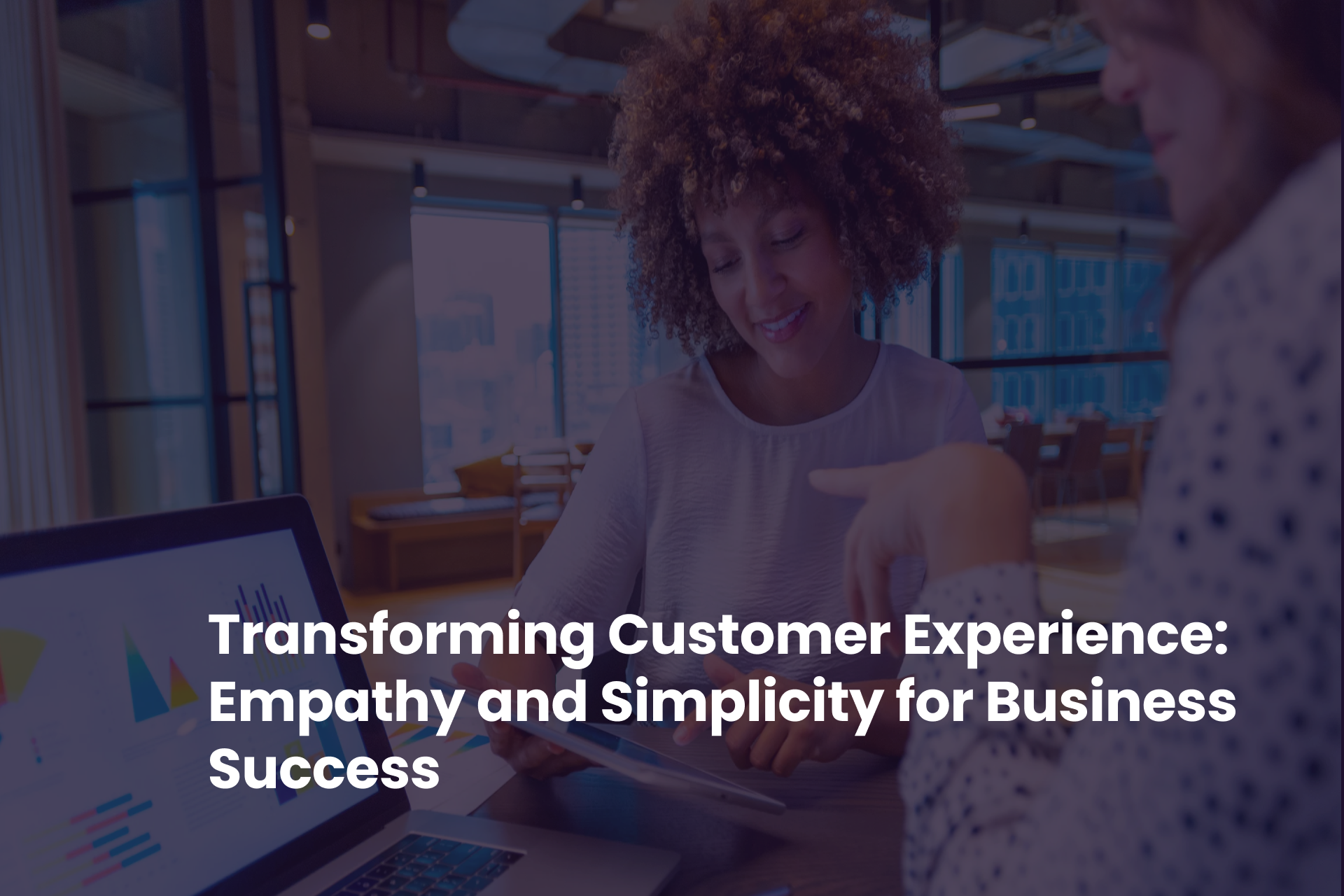Zero level of customer support: why businesses need it

In the modern business world, customer support is all about company efficiency and versatility. When considering how to improve the quality of the customer experience you provide your users, you can’t ignore zero level of contact center support.
According to the Harvard Business Review, 81% of all customers across industries attempt to resolve issues themselves before reaching out to a live representative. Thus, the zero tier level involves broad knowledge of problems, creating self-service functionality. Customers don’t have to access agents with customer support requests via phone, email, or live chat.
An effective zero customer service ensures that basic strategies to fix critical issues are within arm’s reach for customers. To better understand how zero support level can solve problems, read the article and explore its core peculiarities, business benefits, and implementation strategies.

Core Levels Of Customer Support
Zero Level
The customer retrieves support information using self-service functions on web and mobile pages or apps, including FAQs, detailed product and technical support, blog posts, knowledge base, and search functions. Users also use apps to access service desk catalogs where they can request and receive quality help without involving the IT staff. Customer forums allow users to crowdsource system service resources, usually without input from company representatives. Email, web forms, and social media, such as Twitter, LinkedIn, etc., are used to send questions and requests to higher tiers.
First Level
This level ensures support for basic customer issues, such as solving usage problems and fulfilling service help desk requests that need IT involvement in case the customer couldn’t find a solution using a previous tier. Lower-level technical staff is responsible for solving business problems and providing service requests by following scripts.
Second Level
Experienced and knowledgeable agents fix issues and provide solutions for problems that lower tiers cannot handle using phone or other communication channels. Here you can see support personnel with deep knowledge of the product or service, but not necessarily the system engineers or programmers who designed and created the product.
Third Level
The final tier has access to the highest technical resources available for problem resolution or new feature creation, ensuring high customer satisfaction. Third level technicians attempt to duplicate problems and define root causes using product designs, code, or specifications. Once a cause is identified, the company decides whether to create a new fix, depending on the cause of the problem. Next, new fixes are documented for use by lower tiers for quicker ticket resolution.
Fourth Level
This level is used mainly by companies dealing with more technological products. It provides contracted support for items not directly serviced by the organization, including printer, vendor software support, machine maintenance, depot support, and other outsource customer service. Preferred vendors and business partners are responsible for the issues occurring at this level.
Zero Level Of Tiered Customer Service Model
Zero level of tier customer support is a set of tools that help users research and resolve problems without having to contact a customer service representative. In contact centers, a chatbot can be integrated into troubleshooting options.
Customers can immediately turn to a chatbot with their problems if they exhaust all the self-assistance options and cannot find an answer independently. A chatbot has an integrated knowledge base system that provides fast and detailed answers, omitting the ticketing system.
Self-service can be as simple as a web page containing service quality FAQs or as complex as conversational AI-based technical support. A well-developed customer self-service strategy should contain prior research of customer support tickets and address their issues across multiple company channels.
According to Customer Contact Week, 91% of surveyed companies identified 0 customer service as a relevant investment focus. Thus, tech companies, automotive, and home improvement retailers are most successful in using self service techniques.
Among the most popular tier 0 technical support channels are:
- A web portal containing FAQs page, knowledge base, video tutorials
- Online customer forums to interact and exchange solutions for any issues of higher value clients may face
- Intelligent Interactive Voice Response (IIVR) systems that provide the highest level of customer service
- Conversational AI-based Virtual Assistants powered by support teams
- Self-checkout POS and self-order kiosks, ensuring customer satisfaction because of fast service

Business Benefits Of Zero Customer Support Level
Greater customer satisfaction
According to Research from Contact Babel, a high first contact resolution rate is one of the most important factors behind successful customer experience. Self-service enables this by putting knowledge bases in control and giving customers fast access to information systems and answers. Customer satisfaction rate is higher as routine queries do not need to be escalated, saving time and resources for the customer support team, and engaging more customers.
Increased efficiency
Customer expectations are rising, leading to a growing volume of incoming complex issues. Tier 0 support helps the organization solve basic issues, boosting customer satisfaction and overall efficiency. Gartner research discovered that on average, answering a one phone question costs a contact center $5. On the other hand, a well-implemented zero customer service has a low or zero cost. This cost reduction is crucial, especially in the current climate when many businesses have to cope with the economic disruption brought on by the COVID-19 pandemic and the full-scale Russian invasion of Ukraine.
Higher agent productivity
By solving routine queries, self-service systems also free agents to handle more complex interactions where they can use such skills as reassurance and problem-solving, creating a pleasant customer support environment. This benefits customers and organizations’ efficiency and makes the jobs of contact center representatives much more interesting and rewarding. It boosts their engagement and loyalty, helping them notice the success of their work.
Insight into customer needs
Zero level analytics spots self service issues to boost engagement rates by analyzing cases when customers leave the self service page abruptly or drop out of the company’s IVR flow without getting any answer. Thus, it helps make data-driven decisions on which paths to make changes to benefit both your customers and agents’ performance as self service channels optimize the work of contact center employees. The company can identify self-service issues by analyzing bottlenecks and abandonment rate in IVR software, customer satisfaction rate with FAQs and video tutorial, and the nature of interactions in existing client forums aiming for continuous fine-tuning.
0 Level Support Starts From Self Service. What Else?
One of the most popular self service support tools is chatbots. Chatbots are computer programs that solve customers’ common problems by interpreting what they type and finding a suitable answer. Modern chatbots use artificial intelligence, machine learning, and natural language processing to understand what customers are saying and provide efficient answers. A knowledge base is a collection of faq pages and tutorials, typically stored in a separate system format on a website. This collection of resources provides in-depth explanations of product or service features and also offers ways to resolve basic issues using self-help. In addition, live chat tier 0 support tools are popular website plug-ins or help desk tools that companies use to provide real-time access to user questions.
While some companies appoint dedicated support team members to resolve all inbound live chat problems, most businesses have created automated systems similar to chatbots that provide self-service solutions and benefit the company’s customer satisfaction rate. Finally, product tutorials are an essential part of the zero level support tier that demonstrate how a service or product works and how to implement its features. Video-based tutorials may be added to self-help widgets, a knowledge base, or chatbots so users get practical advice on solving a problem and when it is better to contact the agent directly.
How Customer Service Team Can Predict Customer Requests
Predictive analytics focus is on analyzing historical data of most common customer inquiries. Combining metrics such as interaction quality, first call resolution, and customer satisfaction rates shows the core of predicted actions of users. Thus, predictive analytics are efficient at detecting customer intent and polishing tier 0 support structure.
The company can use technical resources to analyze previous clients’ behavior and support team communication to predict how customers will answer a potential follow-up message or phone call. Thus, predictive analytics can forecast the sales probability based on those metrics. Relying on contact center services analytics data, businesses have a better idea of organizing their 0 customer service and what self-help resources clients need the most. Thus, call center employees form efficient leads to use in their speeches, improving the first contact resolution rate and decreasing the number of tickets.
For example, Google Analytics is one of the most popular customer analytics tools. It helps assess the website and service performance. For instance, website managers review the products’ performance by creating goals in Google Analytics and see how effective their strategy has been after some time. The companies can analyze real-time data of customers on their communication channels, agent performance, and the main customer communication channels.
Another perfect software for analyzing end-to-end customer experience and call center performance is Talkdesk. It is a leader in using predictive analytics and artificial intelligence to ensure a seamless customer experience. The most helpful feature for companies is experiencing your team’s conversations with customers in real time using easy-to-read dashboards. Talkdesk is the leader in conducting contact center reporting and analytics quickly and efficiently.

How To Involve A Skilled Zero Level Support Team
Decide what duties and responsibilities the agents will have
You have to decide what your company needs from the zero level customer support team. The easiest way to determine this is to ask yourself the following questions:
- What will be the ultimate role of the customer service agent?
- What specific duties will this role perform? What responsibilities will it have?
- What skills will the candidates need to perform the job?
Thus, 0 customer service employees usually focus on tracking functional requirements, managing customers’ accounts, maintaining customer databases by updating account information, and resolving help desk critical issues.
Write a to-the-point job description that stands out
To attract subject matter experts to your job posting, you’ll need to add a certain tone of voice. Consider your company’s values when creating the job posting and try to transfer them to the job description system itself. Use humor if this is appropriate in your company’s policies.
Finally, you can mention your company’s culture and how it will affect the job and the potential training and salary.
Conduct an interview
Don’t just evaluate how the candidates answer your questions, but try to figure out what kind of people they are and how they will work together with a team you already have. Additionally, it’s important for customer support agents to be calm and friendly, so you should use this opportunity to check their critical thinking ability. To better test their skills, you can make a mock situation with the most common problems the customers are facing. Put the potential employees in various frameworks they might encounter and see how they resolve particular issues.
Training process
The type of training process depends on how experienced the agent is. For the highest level support agents, this is another area of development: they know the basics of communication with end-users, they need to understand the software the customer company runs on and the essence of its services. If agents are beginners, they need to go through complex training where they will learn about the basics of how knowledge base and other zero level tools work. They need to be proficient in customer engagement and core communication strategies to successfully handle customer inquiries.
The Bottom Line
When considering how to improve the quality of the customer experience the business provides users, the zero level of customer support tier is gaining popularity now. Depending on the problem’s complexity, there are 5 levels of contact center services depending on how complex the problem is, where zero level uses self-service functions, including FAQs, detailed product and technical service desk, blog posts, and knowledge base. The fifth level uses external support for items not directly serviced by the organization. Business benefits of zero customer support level include:
- greater customer satisfaction
- increased efficiency
- higher agent productivity
- insight into customer needs
The most popular tier 0 resources are chatbots, a knowledge base, FAQ pages, and video tutorials. Relying on contact center services analytics data, businesses have a better idea of organizing their zero level of customer support and what self-help resources clients need the most.
Book a call with the WOW 24-7 team to discuss your projects and find the best ways to integrate zero level of customer support in your business strategy.
Looking for specific information?
Our specialist will help you find what you need in customer service outsourcing
Book a callDiscover Contact Center Perspectives Podcast
Discover the themes that resonate most with your challenges
 English
English





